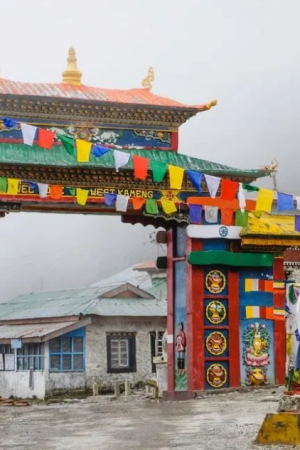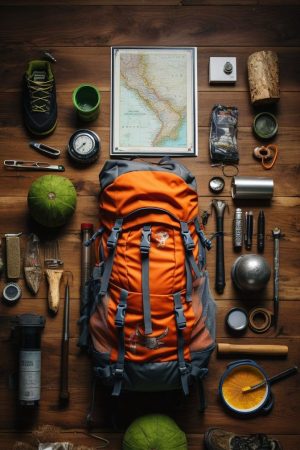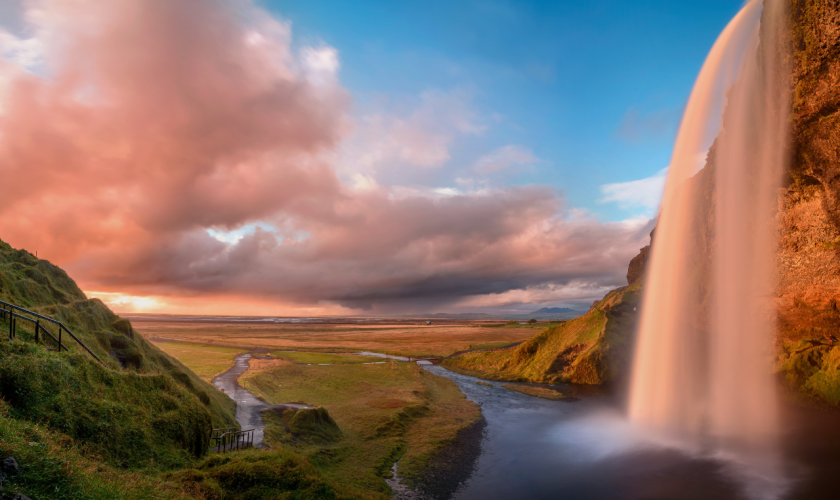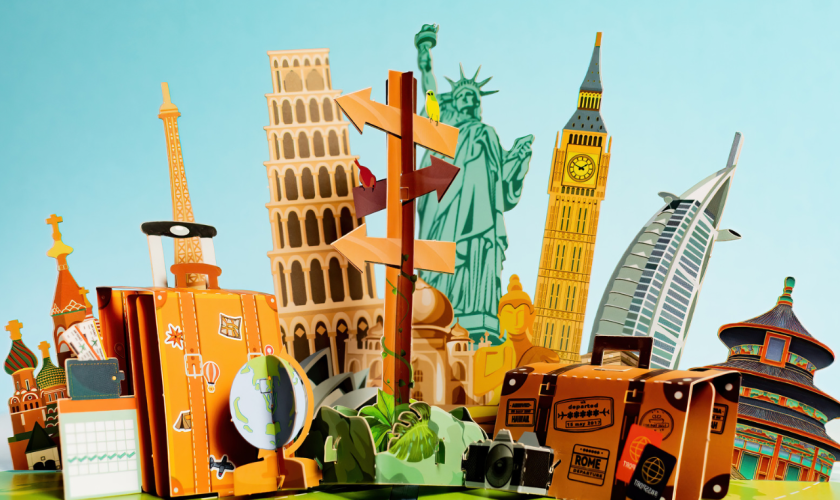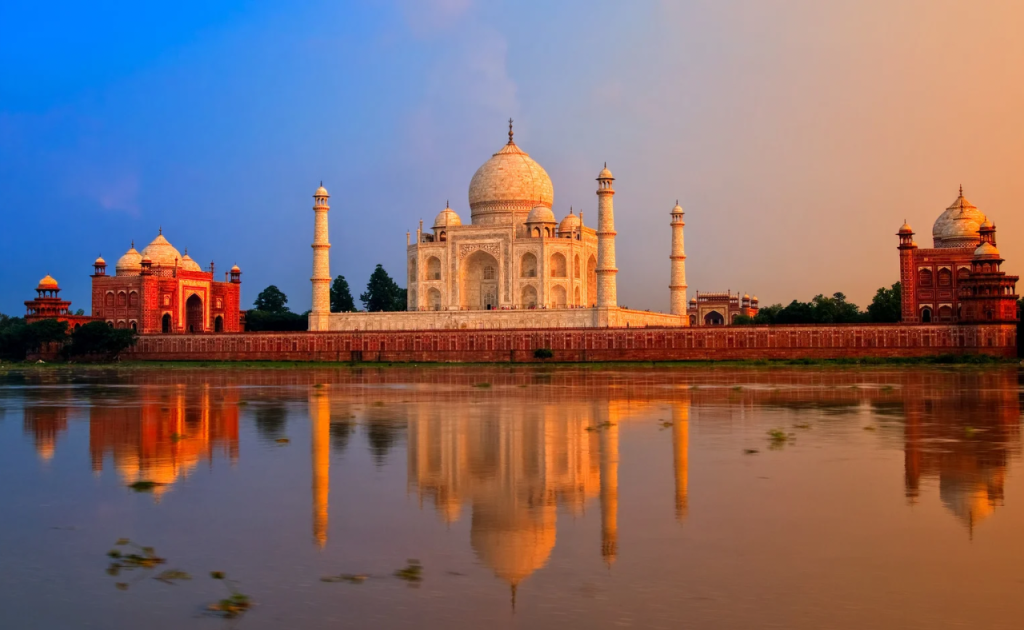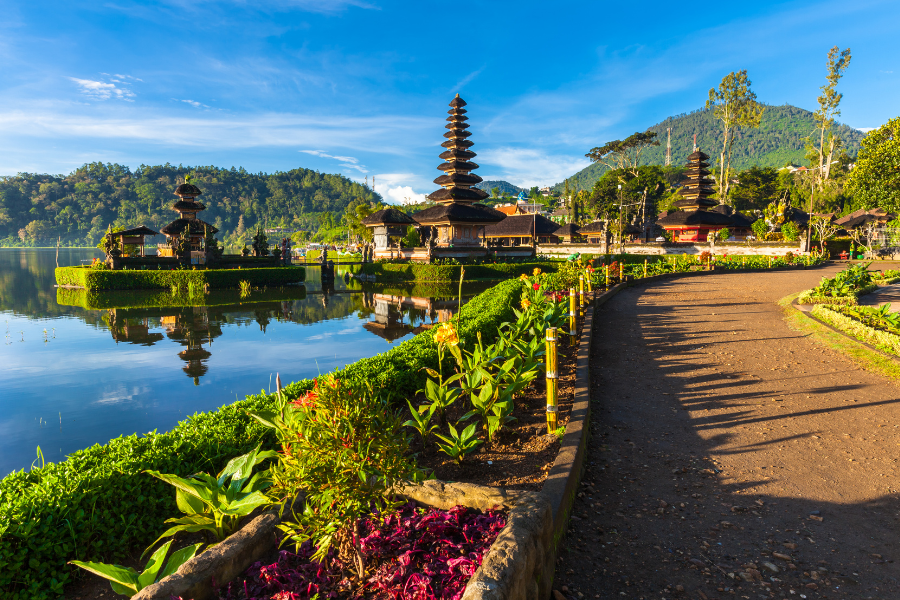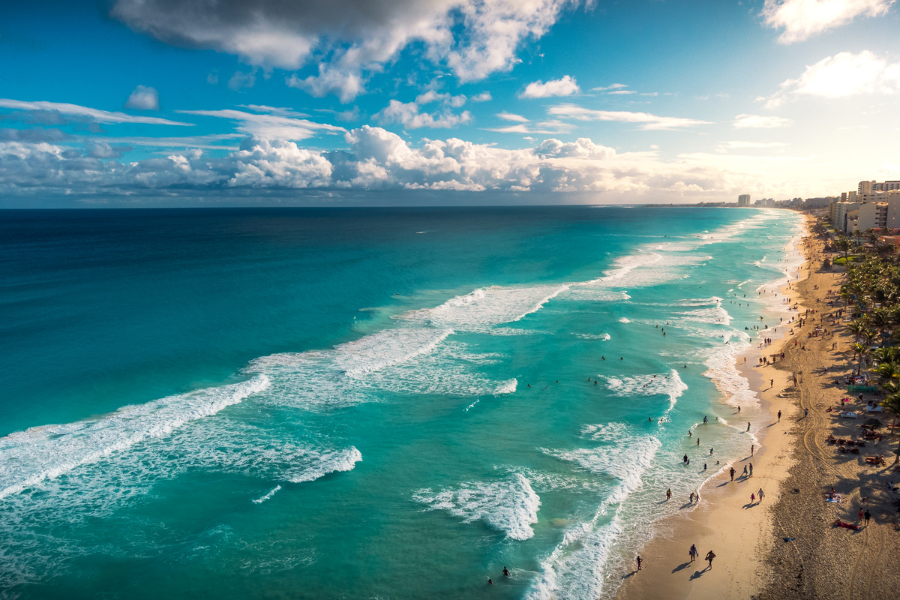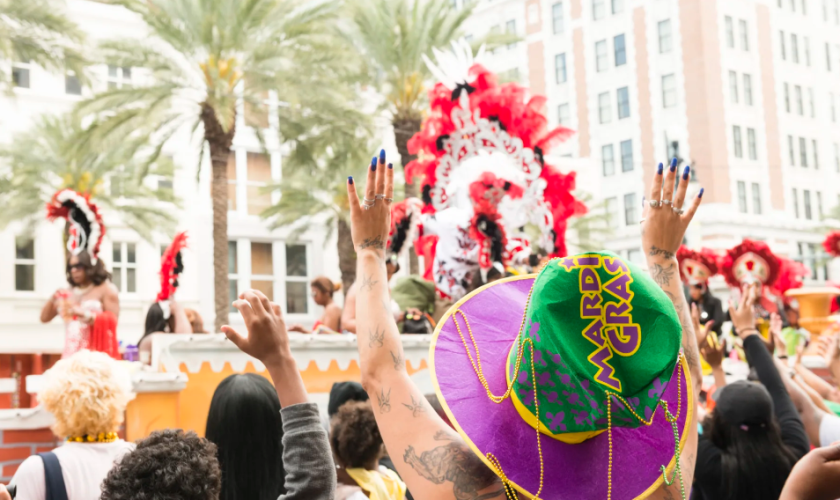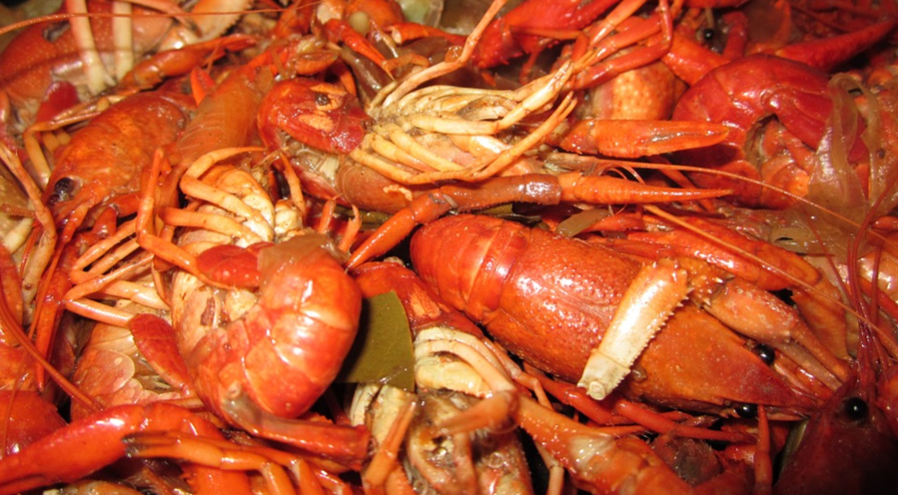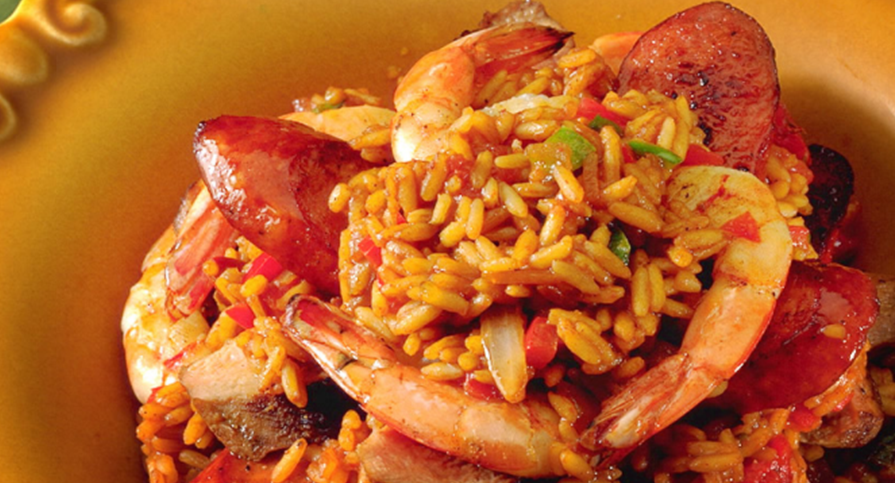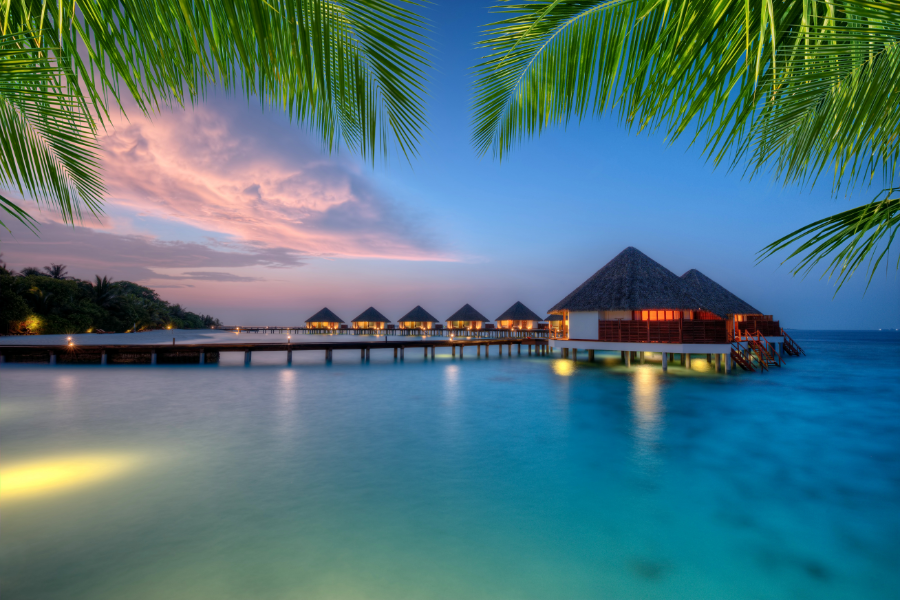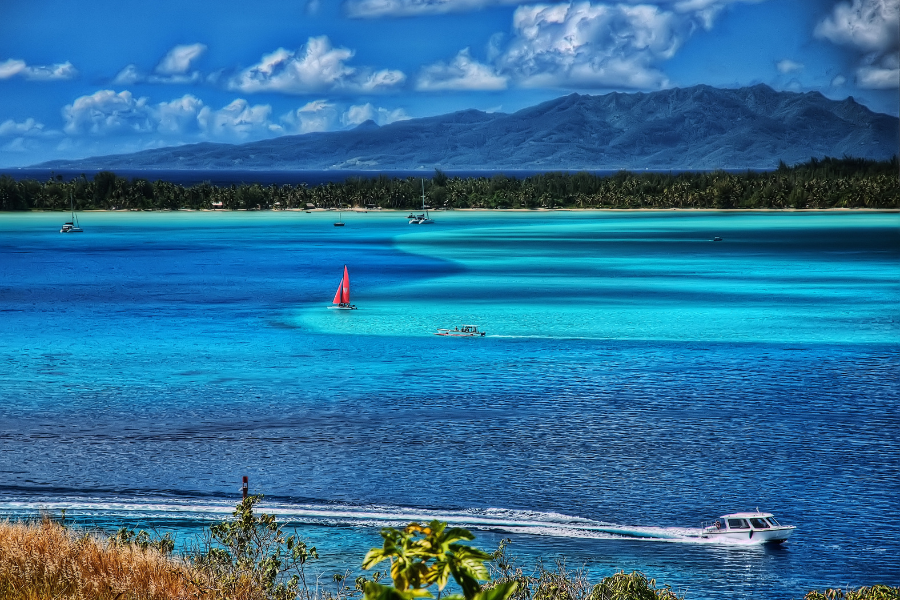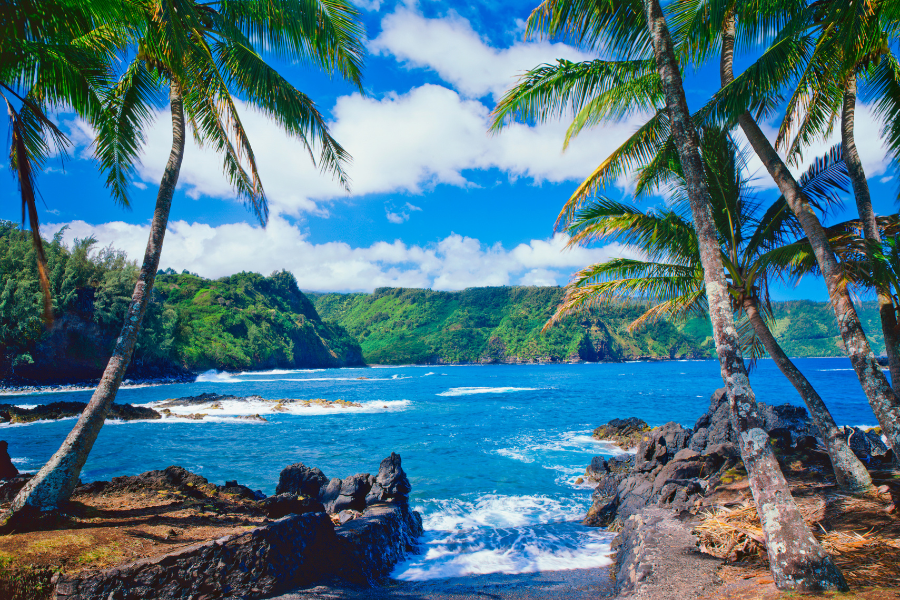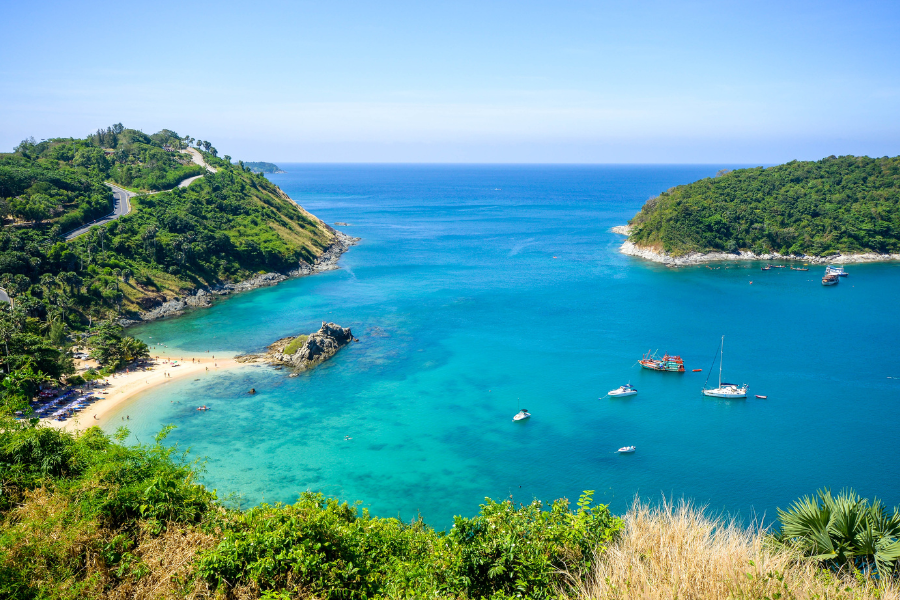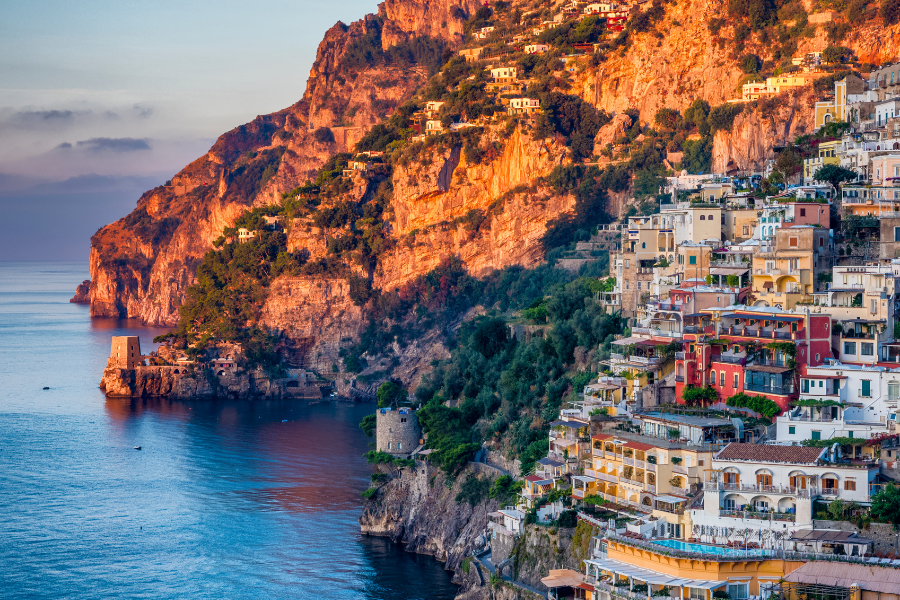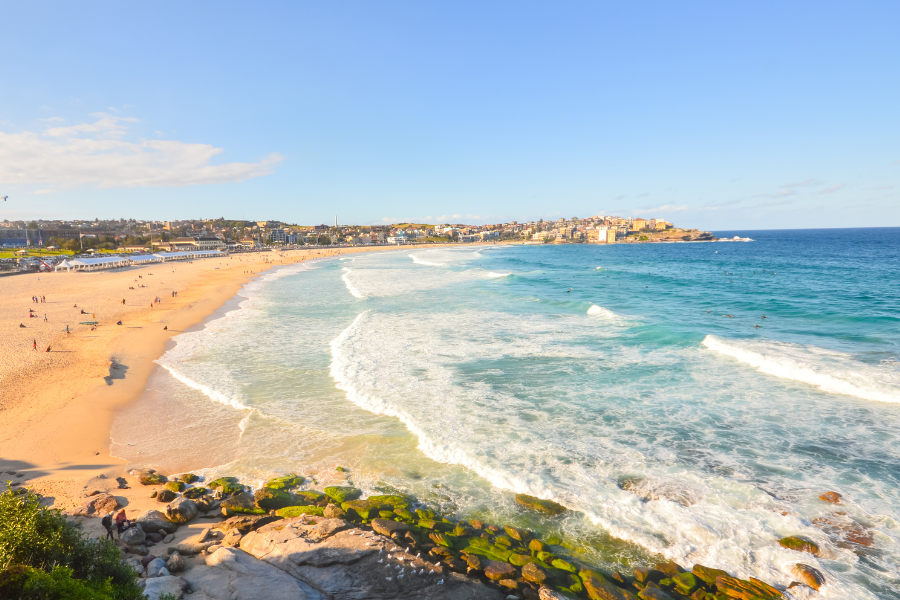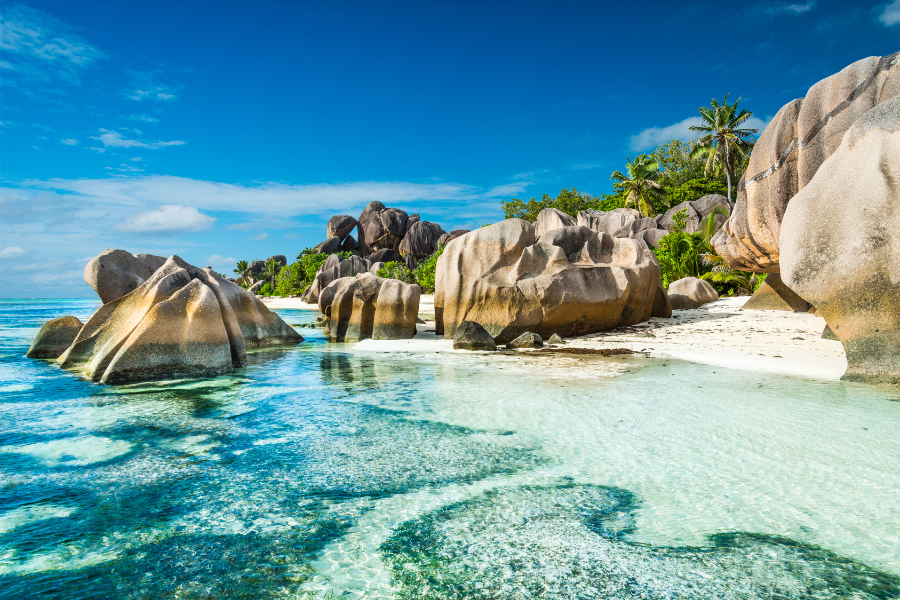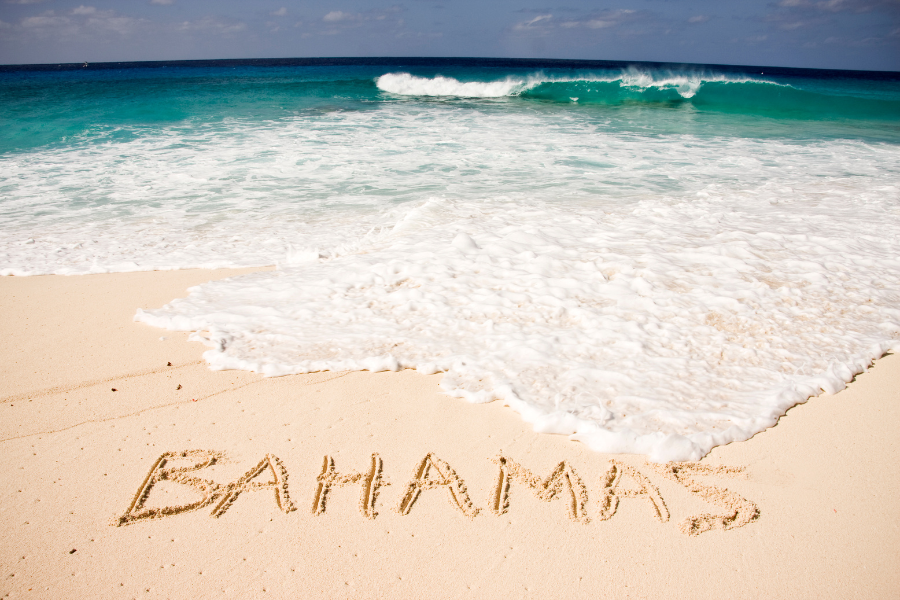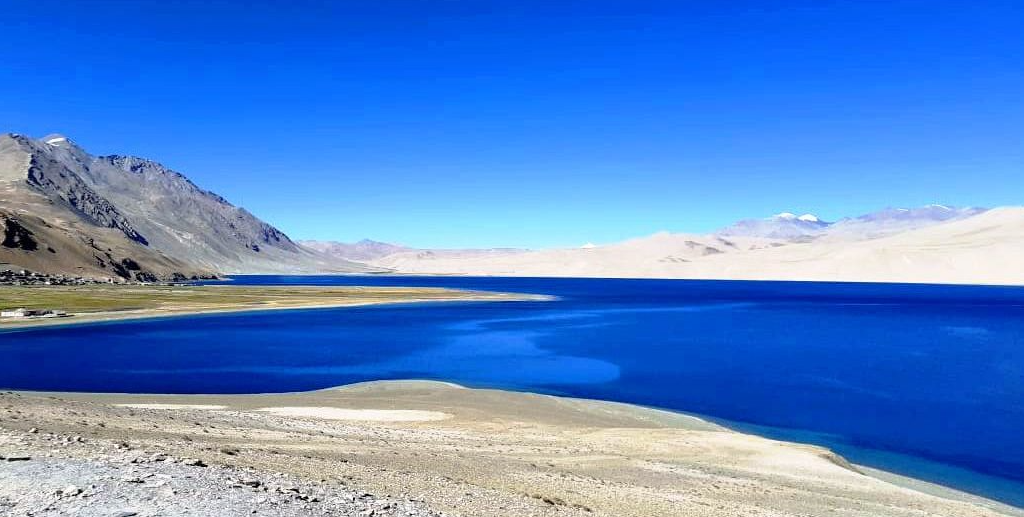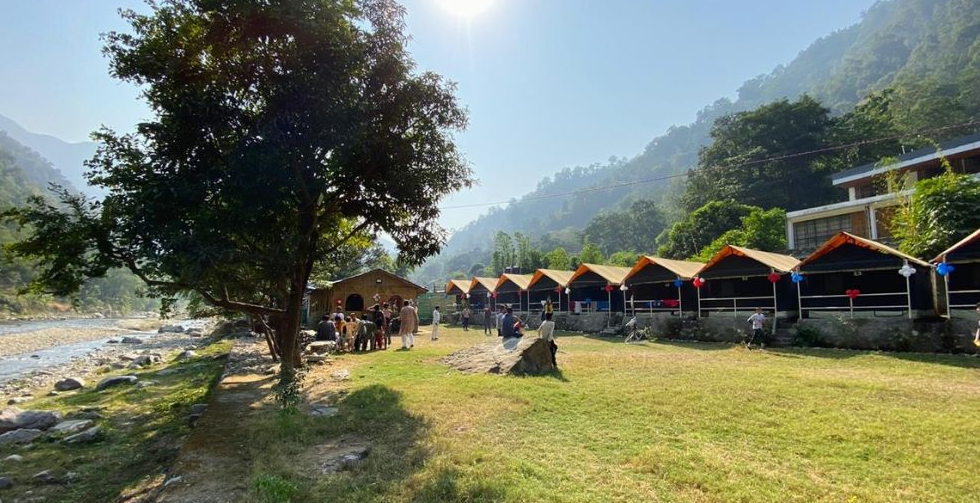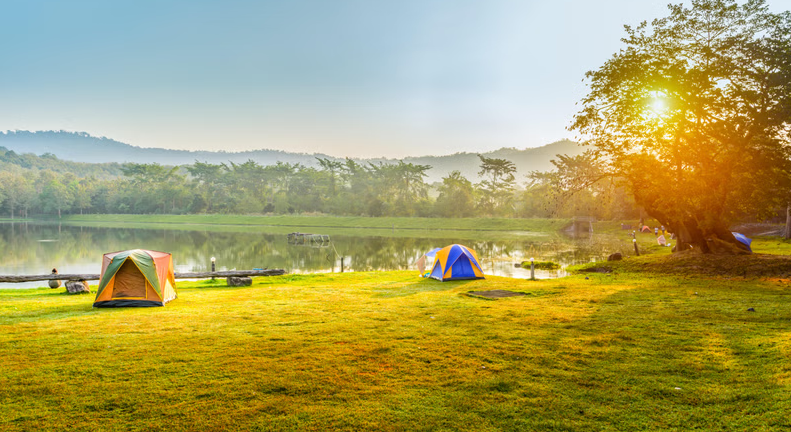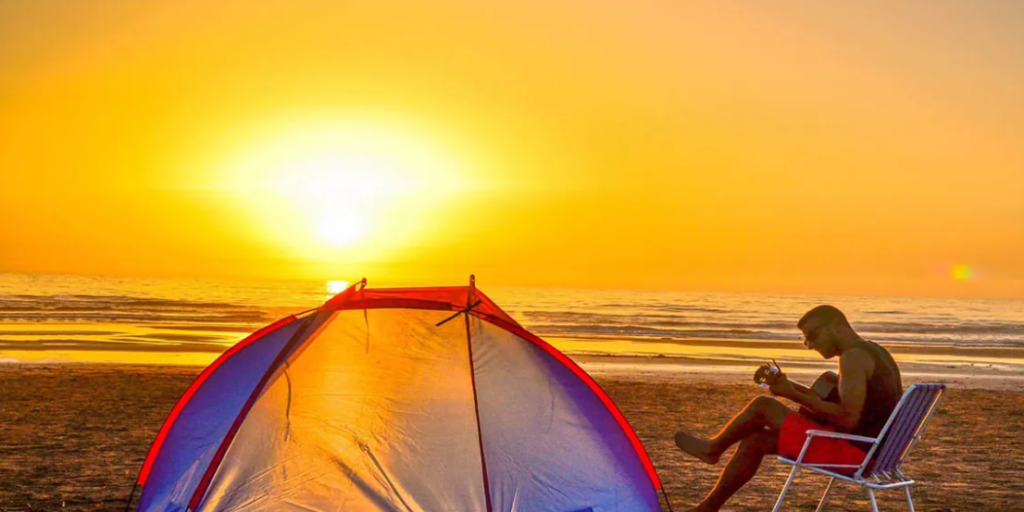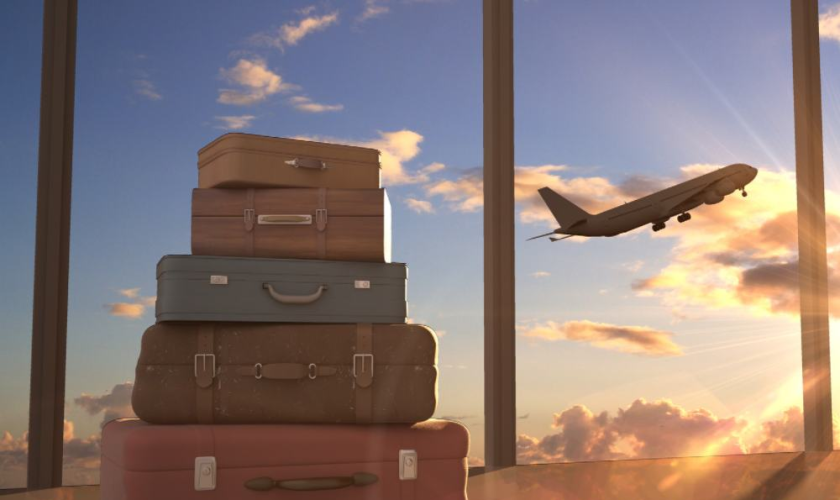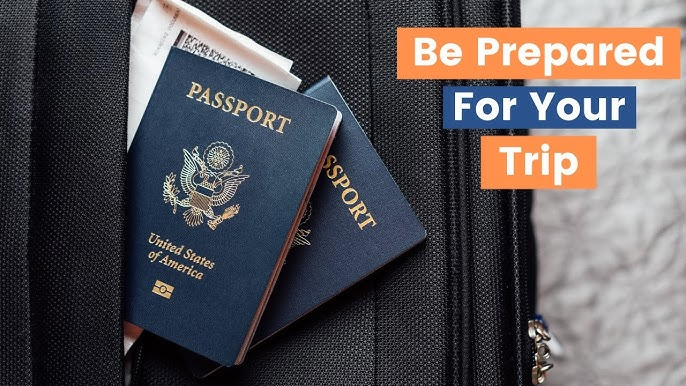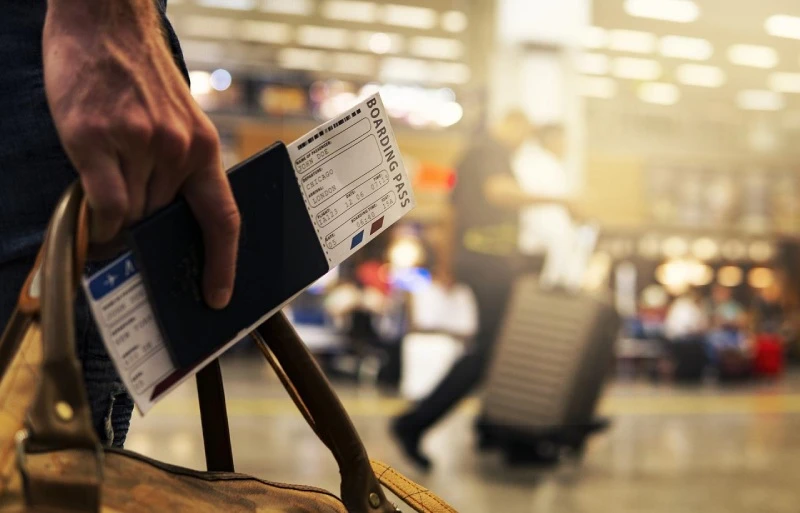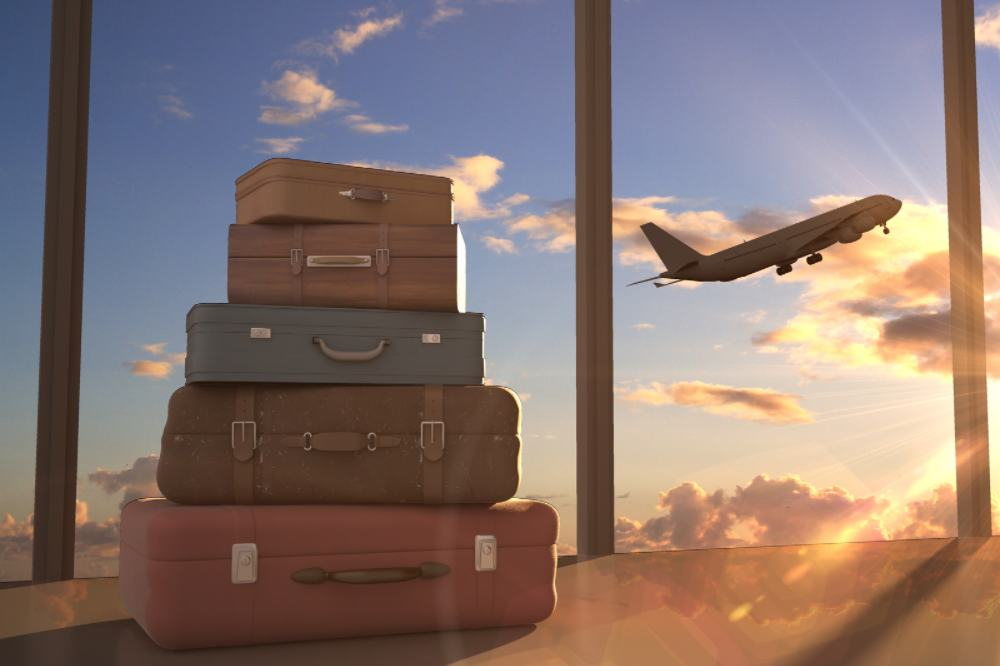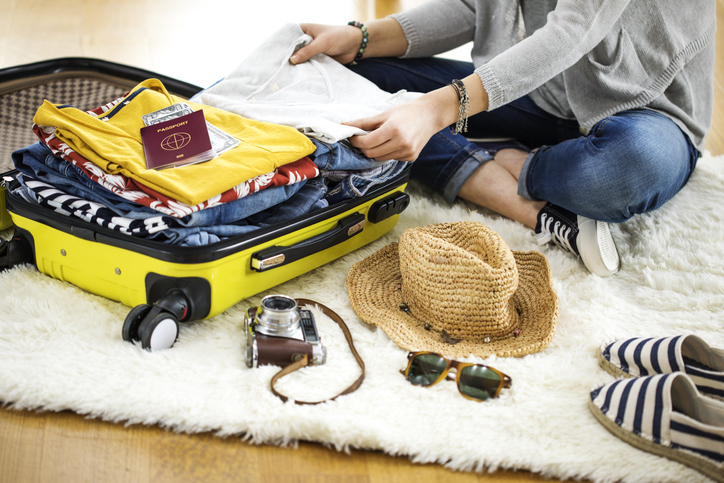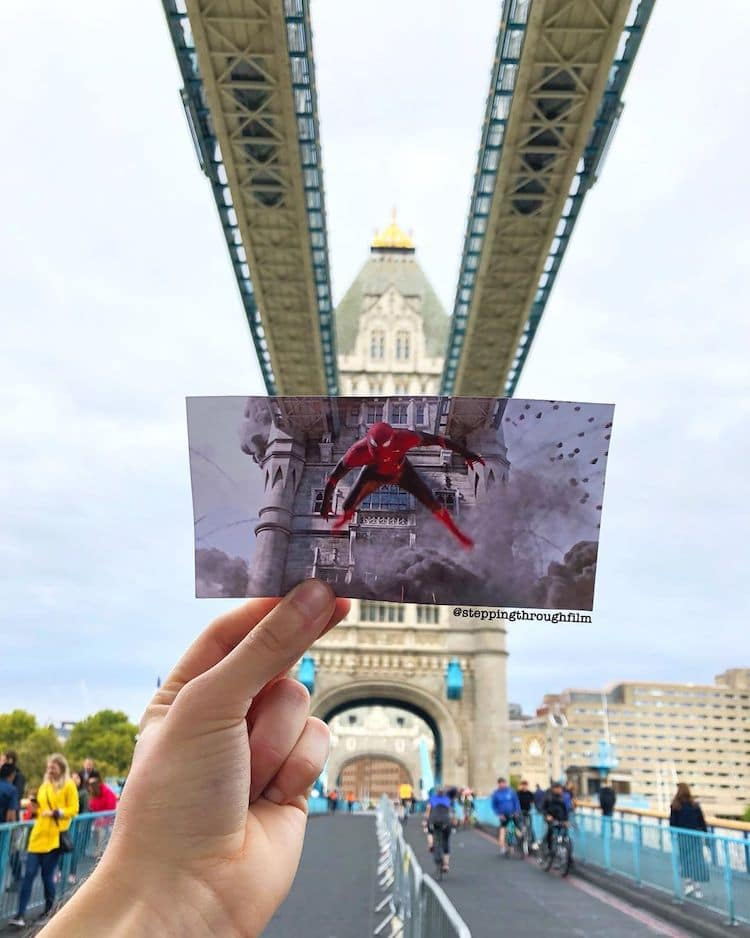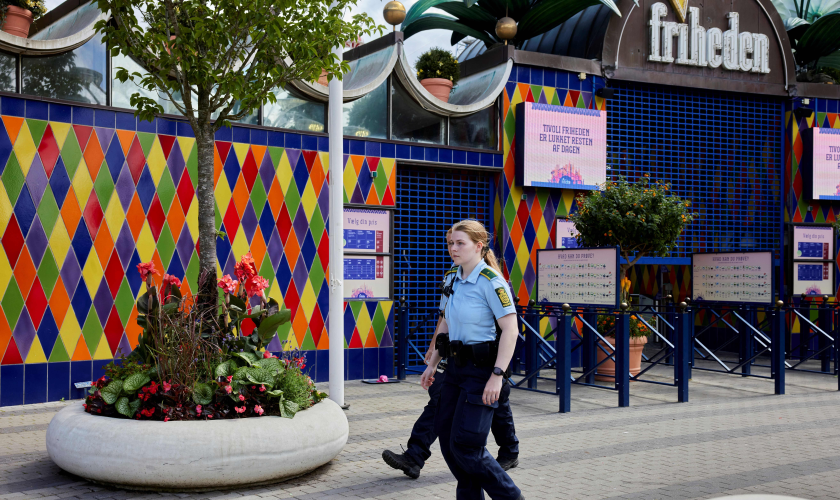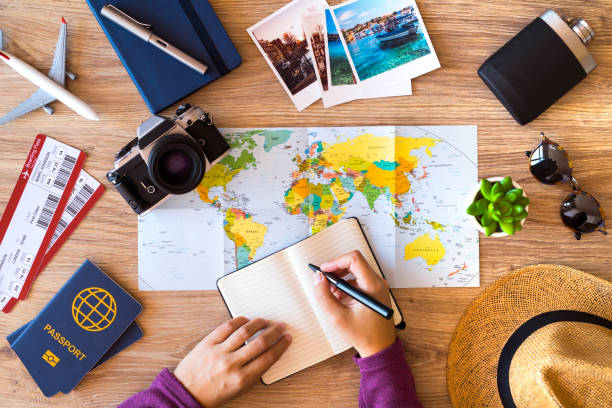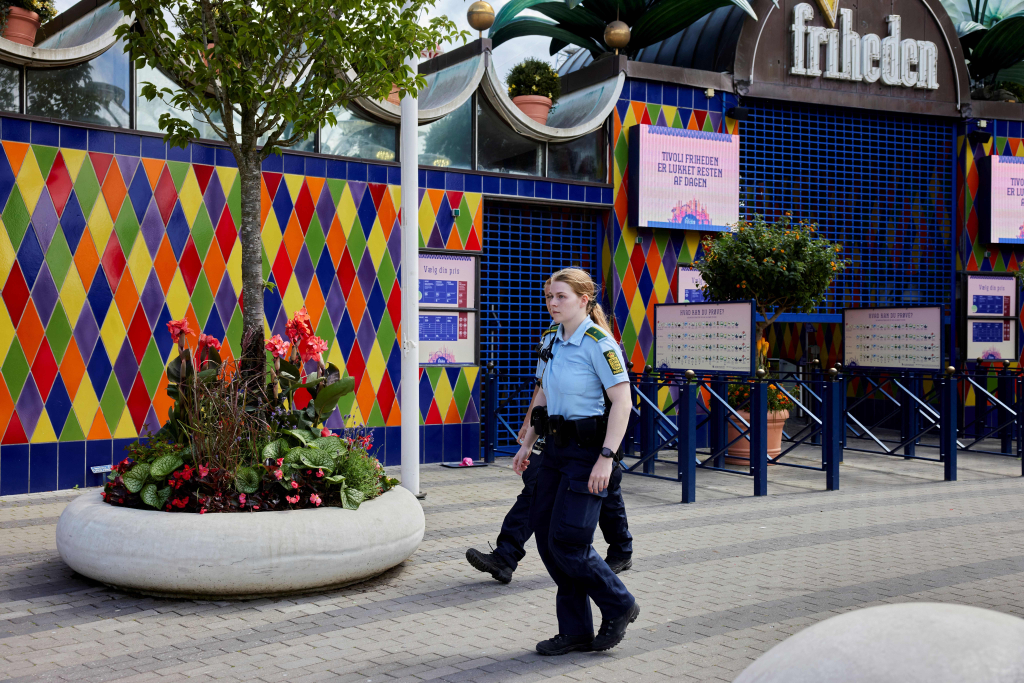In a world where human innovation knows no bounds, we often marvel at the incredible feats of engineering and architecture that dot our landscapes. However, nature has its own way of showcasing breathtaking artistry that can easily be mistaken for human handiwork. From intricate rock formations to surreal landscapes, these natural wonders challenge our perceptions and ignite our sense of wonder. We’ll explore ten natural places that are so extraordinary, you might find it hard to believe they’re not man-made. Prepare to embark on a journey through some of the most awe-inspiring natural wonders our planet has to offer.
The Wave, Arizona, USA
A Surreal Sandstone Masterpiece
Nestled in the rugged terrain of the Coyote Buttes North area in Arizona, The Wave is a mesmerizing sandstone formation that seems almost too perfect to be natural. Its swirling patterns and undulating lines give it an otherworldly appearance, akin to a piece of abstract art sculpted by human hands. Formed over millions of years by wind and water erosion, The Wave is a testament to nature’s ability to create beauty beyond imagination.
Access and Preservation
Due to its delicate nature and increasing popularity, access to The Wave is strictly regulated by a permit system. Only a limited number of visitors are allowed each day, ensuring the preservation of this fragile wonder. While the trek to reach The Wave can be challenging, the reward is an unparalleled visual spectacle that leaves a lasting impression on all who experience it.
Giant’s Causeway, Northern Ireland
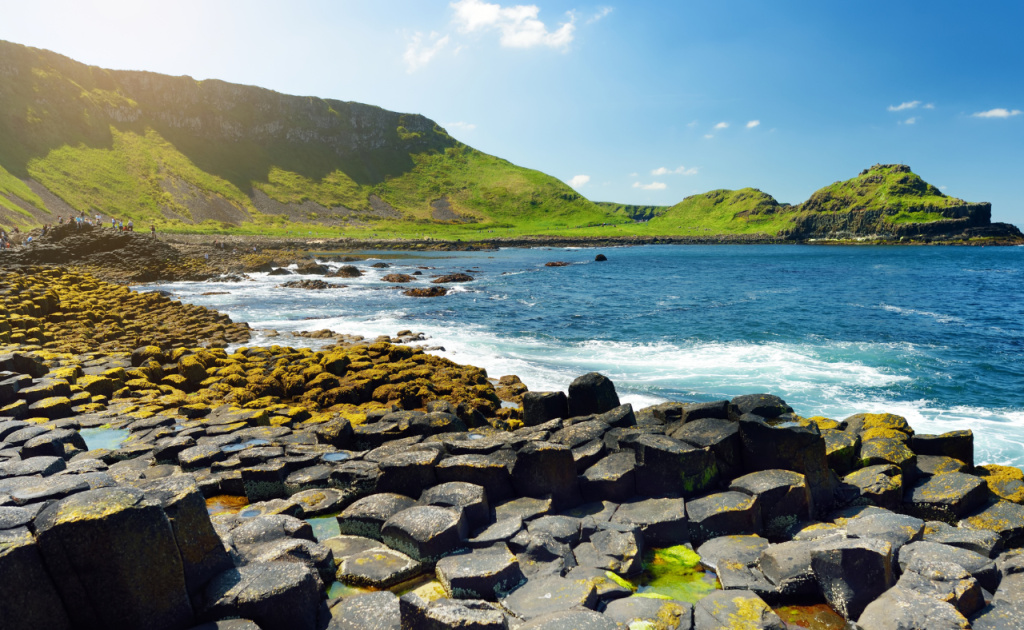
Nature’s Perfect Puzzle
The Giant’s Causeway, located on the coast of Northern Ireland, is a geological wonder composed of approximately 40,000 interlocking basalt columns. These hexagonal formations, some reaching heights of over 12 meters, fit together like a giant puzzle. Legend has it that the causeway was built by the mythical giant Finn McCool, but science attributes its creation to volcanic activity around 60 million years ago.
A UNESCO World Heritage Site
Recognized as a UNESCO World Heritage Site, the Giant’s Causeway is a testament to the power of geological forces. Visitors can explore this natural wonder by walking along the columns, marveling at the precise shapes and patterns that seem too perfect to be formed by nature alone. The surrounding cliffs and coastal scenery further enhance the experience, making it a must-visit destination for nature enthusiasts and curious travelers alike.
Pamukkale, Turkey
A Cotton Castle of Mineral Terraces
Pamukkale, meaning “Cotton Castle” in Turkish, is a surreal landscape of white mineral terraces cascading down a hillside. Formed by the flow of mineral-rich thermal waters, these terraces create a striking contrast against the azure sky. The calcite-laden waters leave behind deposits that give the terraces their distinctive white appearance, resembling a frozen waterfall or a cascading series of steps.
A Natural Spa Experience
Pamukkale is not only a visual wonder but also a popular destination for its thermal waters, believed to have healing properties. Visitors can bathe in the warm pools, surrounded by the ethereal beauty of the terraces. The site also includes the ancient city of Hierapolis, where you can explore well-preserved ruins and immerse yourself in the rich history of the region.
Antelope Canyon, Arizona, USA

A Slot Canyon of Light and Shadow
Antelope Canyon is a slot canyon located in northern Arizona, known for its stunning play of light and shadow. As sunlight filters through the narrow openings above, it illuminates the smooth, swirling walls of the canyon, creating a mesmerizing display of colors and patterns. The canyon’s sculpted sandstone formations appear almost fluid, as if carved by an artist’s hand.
A Photographer’s Paradise
Antelope Canyon is a favorite among photographers and nature lovers alike. Its ever-changing light and intricate formations offer endless opportunities for capturing breathtaking images. Guided tours allow visitors to explore the canyon’s narrow passages, where every turn reveals a new perspective and a deeper appreciation for nature’s artistry.
Fly Geyser, Nevada, USA
A Technicolor Geothermal Wonder
Fly Geyser, located in the Black Rock Desert of Nevada, is a vibrant geothermal feature that seems like it belongs on another planet. The geyser’s striking colors are the result of thermophilic algae thriving in its mineral-rich waters. Over time, the geyser has grown into a multi-tiered formation, with water spewing from its cone and cascading down in a series of terraces.
An Accidental Creation
Interestingly, Fly Geyser was accidentally created in 1916 during a well drilling operation. The geothermal water found its way to the surface, and the minerals began to build up, forming the geyser we see today. While it is located on private land, efforts are being made to preserve and protect this unique natural wonder for future generations to enjoy.
Salar de Uyuni, Bolivia
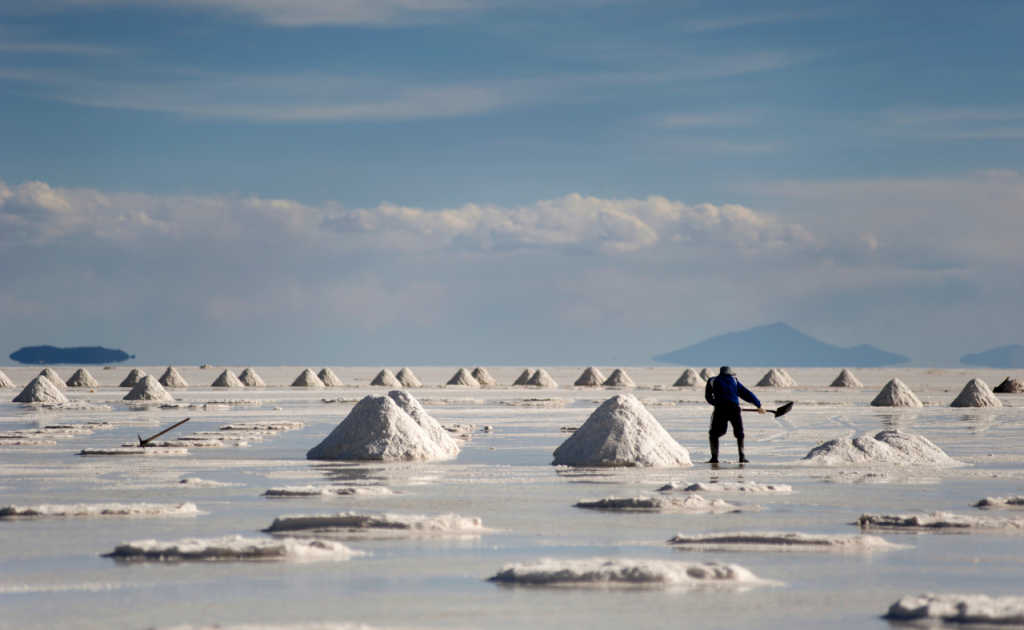
The World’s Largest Mirror
Salar de Uyuni, located in southwest Bolivia, is the world’s largest salt flat, spanning over 10,000 square kilometers. During the rainy season, a thin layer of water covers the salt flats, transforming them into a massive mirror that reflects the sky with stunning clarity. This optical illusion creates the sensation of walking on clouds or floating in a boundless sky.
A Unique Ecosystem
Beyond its surreal beauty, Salar de Uyuni is home to unique wildlife and natural resources. It contains significant lithium reserves, a valuable mineral for modern technology. Visitors to the salt flats can explore its vast expanse, visit the Isla Incahuasi with its giant cacti, and witness breathtaking sunsets that paint the landscape in hues of pink and orange.
Zhangjiajie National Forest Park, China
The Inspiration for Pandora
Zhangjiajie National Forest Park in China is a landscape of towering sandstone pillars that seem to defy gravity. These natural formations, shrouded in mist and greenery, served as inspiration for the floating mountains in the movie “Avatar.” The park’s dramatic scenery includes narrow cliffs, deep ravines, and lush vegetation, creating an otherworldly environment that feels straight out of a fantasy.
Exploring the Park
Visitors to Zhangjiajie National Forest Park can explore its many trails and viewpoints, offering panoramic vistas of the breathtaking landscape. The park is also home to the world’s longest and highest glass bridge, providing an exhilarating way to experience the beauty of the area from above. Whether you’re a nature lover or a film enthusiast, Zhangjiajie promises an unforgettable adventure.
The Chocolate Hills, Philippines
A Natural Confectionery
The Chocolate Hills, located on the island of Bohol in the Philippines, are a series of over 1,200 symmetrical hills that resemble giant chocolate mounds. These geological formations are covered in grass, which turns brown during the dry season, giving them their chocolate-like appearance. The hills are spread across a vast area, creating a striking and unusual landscape.
A Geological Mystery
The origin of the Chocolate Hills remains a geological mystery, with theories ranging from ancient coral reefs to weathering and erosion. Regardless of their origin, the hills have become a symbol of the Philippines and a popular tourist destination. Visitors can admire the unique formations from observation decks and explore the surrounding countryside, rich in culture and natural beauty.
Bryce Canyon National Park, Utah, USA
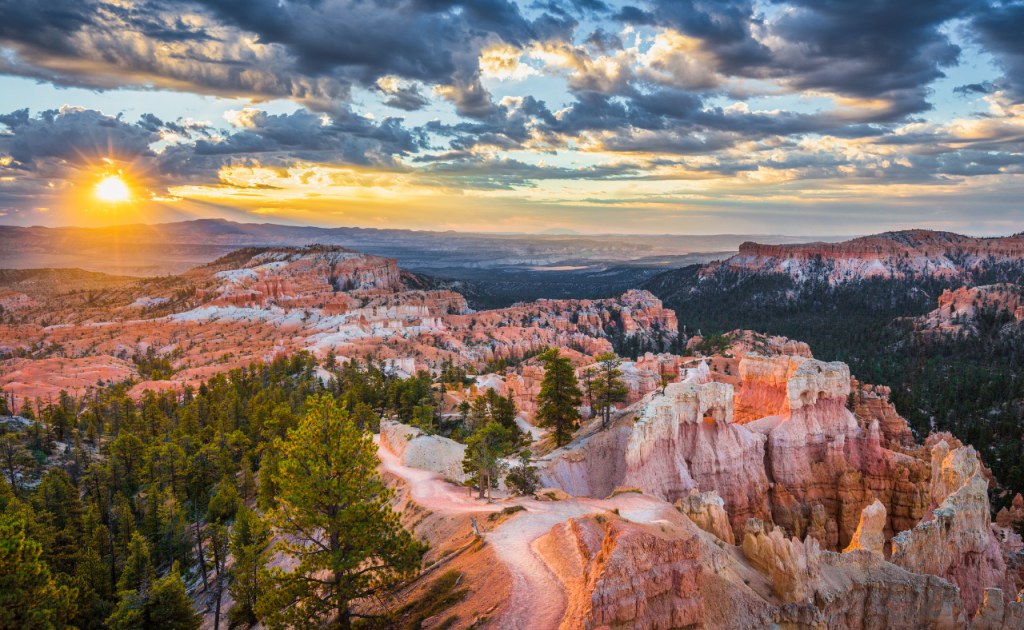
An Amphitheater of Hoodoos
Bryce Canyon National Park in Utah is renowned for its stunning amphitheater filled with hoodoos—tall, thin spires of rock formed by erosion. These unique formations, ranging in color from red to orange to white, create a surreal landscape that captivates visitors. The hoodoos appear almost sculptural, as if meticulously crafted by an artist’s hand.
Hiking and Stargazing
The park offers a variety of hiking trails that allow visitors to explore the hoodoos up close and experience the park’s breathtaking vistas. At night, Bryce Canyon transforms into a stargazer’s paradise, with its dark skies offering unparalleled views of the stars and Milky Way. Whether you’re exploring by day or night, Bryce Canyon’s beauty is bound to leave a lasting impression.
The Great Blue Hole, Belize
A Submerged Natural Wonder
The Great Blue Hole, located off the coast of Belize, is a massive underwater sinkhole that captivates divers and nature enthusiasts alike. Measuring over 300 meters across and 125 meters deep, it is part of the Belize Barrier Reef Reserve System, a UNESCO World Heritage Site. The deep blue waters of the sinkhole contrast dramatically with the surrounding turquoise sea, creating a striking visual spectacle.
A Diver’s Paradise
The Great Blue Hole is a mecca for scuba divers, offering a unique opportunity to explore its depths and discover a diverse array of marine life. Divers can encounter stalactites, sharks, and colorful fish as they descend into the abyss. The site’s sheer size and beauty make it a bucket-list destination for divers and adventurers seeking to experience one of nature’s most extraordinary creations.
Final Thoughts
These ten natural wonders showcase the breathtaking beauty and diversity of our planet. Each location, with its unique formations and captivating landscapes, challenges our perceptions of what is natural and what is man-made. As we explore these extraordinary places, we gain a deeper appreciation for the wonders of the natural world and the forces that have shaped them over millions of years.
In a world where technology and human ingenuity continue to advance, these natural wonders serve as a reminder of the incredible artistry and power of nature. They inspire us to protect and preserve our planet’s most precious treasures, ensuring that future generations can continue to marvel at their beauty and experience the wonder of the natural world.
Whether you’re a seasoned traveler or an armchair explorer, these natural wonders invite you to embark on a journey of discovery and awe. From the swirling sands of The Wave to the towering pillars of Zhangjiajie, each destination offers a unique glimpse into the magic of nature. As you plan your next adventure, consider visiting one of these remarkable


